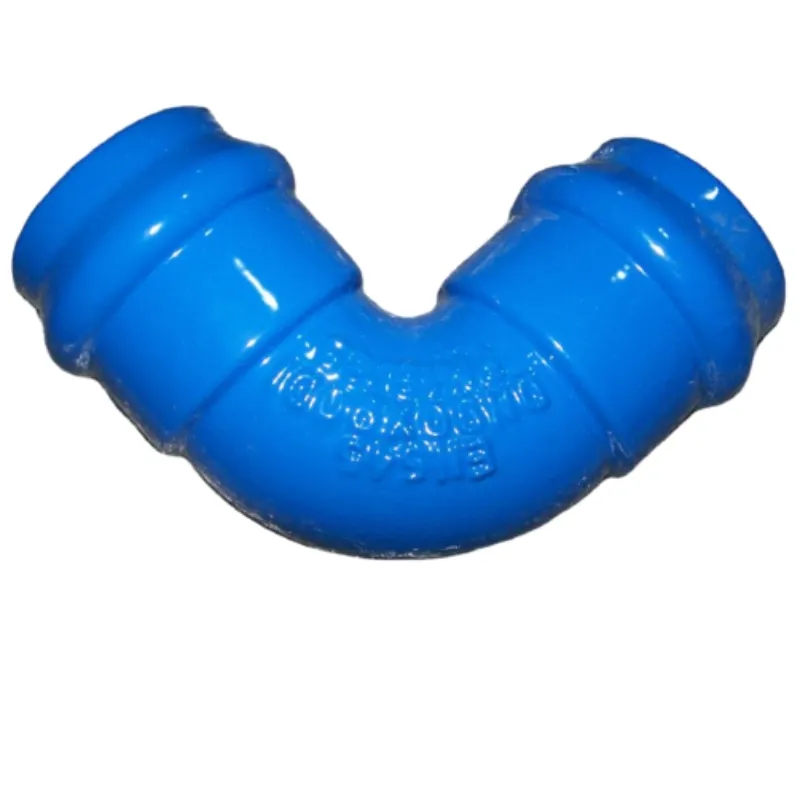Design and Functionality of Threaded Butterfly Valves for Fluid Control Applications
Understanding the Threaded Butterfly Valve A Comprehensive Overview
In the realm of industrial fluid control, the threaded butterfly valve has emerged as a crucial component in various applications. Its unique design, functionality, and versatility make it a preferred choice for many engineers and industries. In this article, we will explore the threaded butterfly valve's construction, operation principles, advantages, and typical applications.
Construction of the Threaded Butterfly Valve
A threaded butterfly valve is characterized by a circular disc or plate that rotates around a central axis. This disc acts as a barrier to control the flow of fluids within a pipeline. The threaded aspect refers to the method of connection; these valves are equipped with threaded ends that allow for easy installation and removal from piping systems. Typically, the valve body is constructed from durable materials such as stainless steel, cast iron, or plastic, ensuring a robust design capable of withstanding high pressure and temperature variations.
The key components of a threaded butterfly valve include the valve body, disc, stem, and seals. The disc is mounted on a stem that extends through the center of the valve body. When the actuator (manual or automatic) is turned, the disc pivots, allowing or restricting fluid flow. The seals are crucial for preventing leaks, and their integrity directly impacts the valve's efficiency.
Operating Principles
Threaded butterfly valves operate on simple principles of flow control. When the valve is in the closed position, the disc is perpendicular to the flow direction, effectively creating a barrier that prevents fluid passage. Conversely, when the valve is fully open, the disc aligns parallel to the flow, allowing maximum fluid transfer.
The design allows for quick operation, requiring only a quarter turn to fully open or close the valve. This feature minimizes the time needed for operation, making it ideal for applications where immediate flow regulation is necessary. The simplicity of the design also means there are fewer components that can fail, which often results in lower maintenance costs.
Advantages of Threaded Butterfly Valves
There are several notable advantages associated with threaded butterfly valves
threaded butterfly valve

1. Space Efficiency Compared to other types of valves, butterfly valves are relatively compact. Their slim profile allows for installation in confined spaces without compromising performance.
2. Lightweight The materials used in butterfly valve construction often result in a lighter design, making them easier to handle during installation and maintenance.
3. Cost-Effectiveness With fewer moving parts and lower manufacturing costs, threaded butterfly valves are often more affordable than other valve types, especially for bulk purchases.
4. Versatility These valves can handle various fluids, including water, oil, natural gas, and even some aggressive chemicals, making them suitable for a diverse range of industrial applications.
5. Efficient Flow Control The design allows for smooth and efficient flow control, minimizing turbulence and energy loss in the system.
Applications
Due to their unique features, threaded butterfly valves are widely utilized across various sectors. Common applications include
- Water and Wastewater Management Used in treatment plants to regulate flow and pressure. - Chemical Processing Ideal for controlling the flow of various chemicals due to their robust construction. - HVAC Systems Employed for regulating air and refrigerant flow in heating, ventilation, and air conditioning systems. - Food and Beverage Industry Assist in maintaining hygiene and controlling the flow of liquids in food processing operations.
Conclusion
In summary, the threaded butterfly valve represents a vital technology in fluid control systems. Its effective design, operational efficiency, and cost advantages make it an essential component across multiple industries. Understanding its construction, operation, and applications enables engineers and operators to make informed decisions regarding fluid management solutions. As industries continue to evolve, the demand for reliable and versatile components like the threaded butterfly valve will only grow, highlighting its importance in modern engineering practices.
-
The Essential Component for Safe Urban InfrastructureNewsMay.14,2025
-
The Backbone of Urban InfrastructureNewsMay.14,2025
-
Practical and Stylish Solutions for Your Drainage NeedsNewsMay.14,2025
-
Lamphole Frame and Cover: Essential for Urban InfrastructureNewsMay.14,2025
-
A Seamless and Aesthetic SolutionNewsMay.14,2025
-
A Must-Have for Safety and DurabilityNewsMay.14,2025
-
Pipe Repair Clamps: Your Ultimate Solution for Efficient RepairsNewsMay.09,2025
